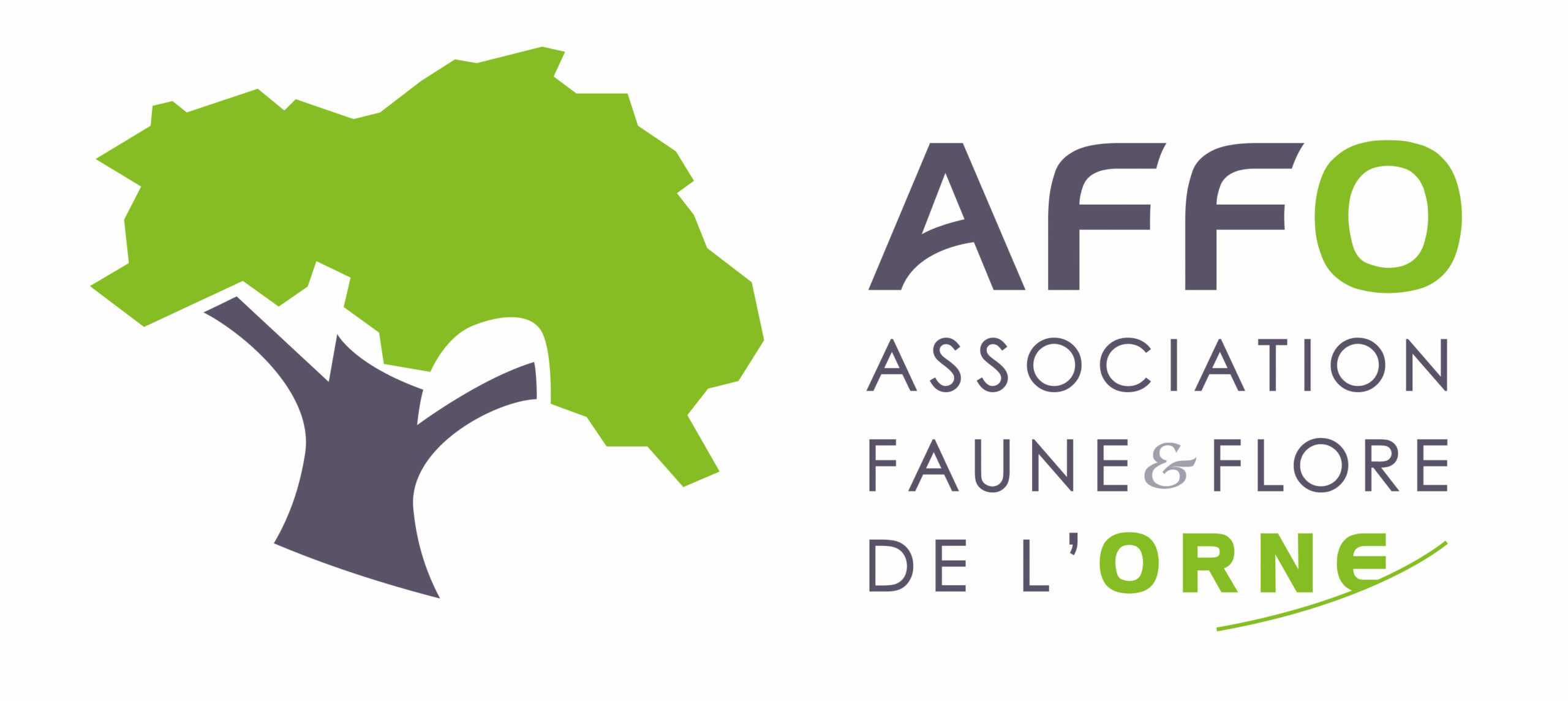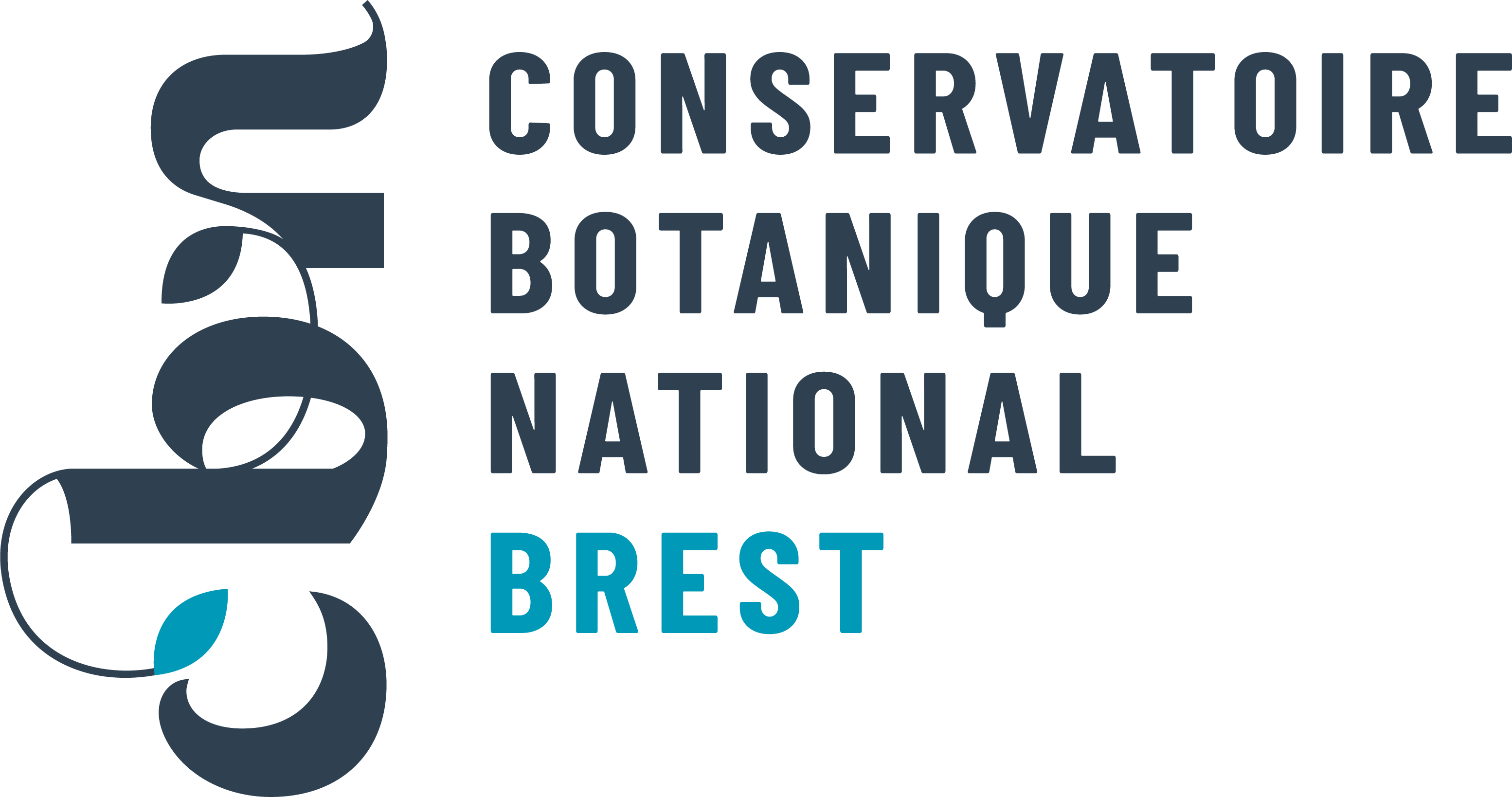Centaurée
Centaurea L., 1753 [nom. cons.]
Où cette espèce a-t-elle été observée ?
 Attention : cette espèce peut être présente où il n’y a pas de maille, mais à ce jour elle n’y a pas encore été observée.
Attention : cette espèce peut être présente où il n’y a pas de maille, mais à ce jour elle n’y a pas encore été observée.
- 815 observations
-
114
communes -
74
observateurs
12
organismes -
Première observation
1866 -
Dernière observation
2025
Appenai-sous-Bellême - Arcisses - Argenvilliers - Authon-du-Perche - Bazoches-sur-Hoëne - Beaulieu - Beaumont-les-Autels - Belforêt-en-Perche - Belhomert-Guéhouville - Bellavilliers - Bellême - Bellou-le-Trichard - Béthonvilliers - Bizou - Boëcé - Bretoncelles - Ceton - Champeaux-sur-Sarthe - Champrond-en-Gâtine - Chapelle-Guillaume - Charbonnières - Charencey - Chemilli - Comblot - Combres - Corbon - Coudray-au-Perche - Coulimer - Courgeon - Courgeoût - Cour-Maugis sur Huisne - Dame-Marie - Digny - Feings - Fontaine-Simon - Frazé - Happonvilliers - Igé - Jaudrais - La Bazoche-Gouet - La Chapelle-Fortin - La Chapelle-Montligeon - La Croix-du-Perche - La Ferté-Vidame - La Framboisière - La Gaudaine - La Madeleine-Bouvet - Lamblore - La Mesnière - La Ventrouze - Le Mage - Le Mesnil-Thomas - Le Pas-Saint-l'Homer - Le Pin-la-Garenne - Les Aspres - Les Corvées-les-Yys - Les Étilleux - Les Genettes - Les Ressuintes - L'Hôme-Chamondot - Loisail - Longny les Villages - Luigny - Manou - Marolles-les-Buis - Mauves-sur-Huisne - Miermaigne - Montgaudry - Montireau - Montlandon - Mortagne-au-Perche - Moutiers-au-Perche - Nogent-le-Rotrou - Nonvilliers-Grandhoux - Parfondeval - Perche en Nocé - Pervenchères - Rémalard en Perche - Réveillon - Rohaire - Sablons sur Huisne - Saint-Aquilin-de-Corbion - Saint-Aubin-de-Courteraie - Saint-Bomer - Saint-Cyr-la-Rosière - Saint-Denis-des-Puits - Saint-Denis-sur-Huisne - Sainte-Céronne-lès-Mortagne - Saint-Éliph - Saint-Germain-de-la-Coudre - Saint-Germain-de-Martigny - Saint-Germain-des-Grois - Saint-Hilaire-le-Châtel - Saint-Hilaire-sur-Erre - Saintigny - Saint-Jean-Pierre-Fixte - Saint-Jouin-de-Blavou - Saint-Langis-lès-Mortagne - Saint-Mard-de-Réno - Saint-Martin-du-Vieux-Bellême - Saint-Maurice-Saint-Germain - Saint-Ouen-de-Sécherouvre - Saint-Pierre-la-Bruyère - Saint-Quentin-de-Blavou - Saint-Victor-de-Buthon - Senonches - Soligny-la-Trappe - Souancé-au-Perche - Tourouvre au Perche - Trizay-Coutretot-Saint-Serge - Val-au-Perche - Verrières - Vichères - Villiers-sous-Mortagne
-
PNR du Perche
Participation à 414 Observations
Part d'aide à la prospection : 50.80 %
Fiche organisme
-
Association Faune & Flore de l'Orne (AFFO)
Participation à 226 Observations
Part d'aide à la prospection : 27.73 %
Fiche organisme
-
Conservatoire botanique national du Bassin parisien (CBNBP)
Participation à 92 Observations
Part d'aide à la prospection : 11.29 %
Fiche organisme
-
Conservatoire Botanique National de Brest (CBNB)
Participation à 62 Observations
Part d'aide à la prospection : 7.61 %
Fiche organisme
-
PNR et géoparc mondial UNESCO Normandie-Maine
Participation à 54 Observations
Part d'aide à la prospection : 6.63 %
Fiche organisme
-
UMS PatriNat (OFB-CNRS-MNHN)
Participation à 44 Observations
Part d'aide à la prospection : 5.40 %
Fiche organisme
-
Institut floristique franco-belge (IFFB)
Participation à 27 Observations
Part d'aide à la prospection : 3.31 %
Fiche organisme
-
Ministère de la Transition écologique et de la Cohésion des territoires
Participation à 16 Observations
Part d'aide à la prospection : 1.96 %
Fiche organisme
-
Conseil départemental de l'Orne (bureau ENS)
Participation à 6 Observations
Part d'aide à la prospection : 0.74 %
Fiche organisme
-
Institut national de l'information géographique et forestière (IGN)
Participation à 4 Observations
Part d'aide à la prospection : 0.49 %
Fiche organisme
-
Système mondial d’information sur la biodiversité (GBIF)
Participation à 2 Observations
Part d'aide à la prospection : 0.25 %
Fiche organisme
Informations espèce
E2.112 : Pâturages atlantiques à Cynosurus et Centaurea
F6.7 : Mediterranean gypsum scrubs
Répartition actuelle en France métropolitaine
© INPN - Avertissement : les données visualisables reflètent l'état d'avancement des connaissances et/ou la disponibilité des données existantes au niveau national : elles ne peuvent en aucun cas être considérées comme exhaustives.
Répartition actuelle dans le monde
Avertissement : les données visualisables reflètent l'état d'avancement des connaissances et/ou la disponibilité des données existantes au niveau mondial : elles ne peuvent en aucun cas être considérées comme exhaustives.















